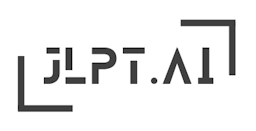

N1
音読み:ka, kyou
訓読み:yome
カka
キョウkyou
よめyome
To marry (a woman), bride
Imagine a woman wearing a wedding dress, symbolizing the act of getting married and becoming a bride. The two horizontal lines represent the veil of the wedding dress, while the slanting line represents the bride's joy and excitement.
The kanji '嫁' may appear in the JLPT N1 exam, as it is considered an advanced-level kanji. It is important to be familiar with its readings and meanings when studying for the exam.
彼女は昨日結婚して嫁になりました。
She got married yesterday and became a bride.
かのじょはきのうけっこんしてよめになりました。
kanojo wa kinou kekkon shite yome ni narimashita.
彼女は外国人と結婚して外国へ嫁いだ。
She married a foreigner and moved to another country.
かのじょはがいこくじんとけっこんしてがいこくへよいだ。
kanojo wa gaikokujin to kekkon shite gaikoku e yoida.
彼女は将来の夢を追い求めるために嫁いでいる。
She got married in order to pursue her future dreams.
かのじょはしょうらいのゆめをおいもとめるためによいでいる。
kanojo wa shourai no yume o oimotomeru tame ni yoido in iru.